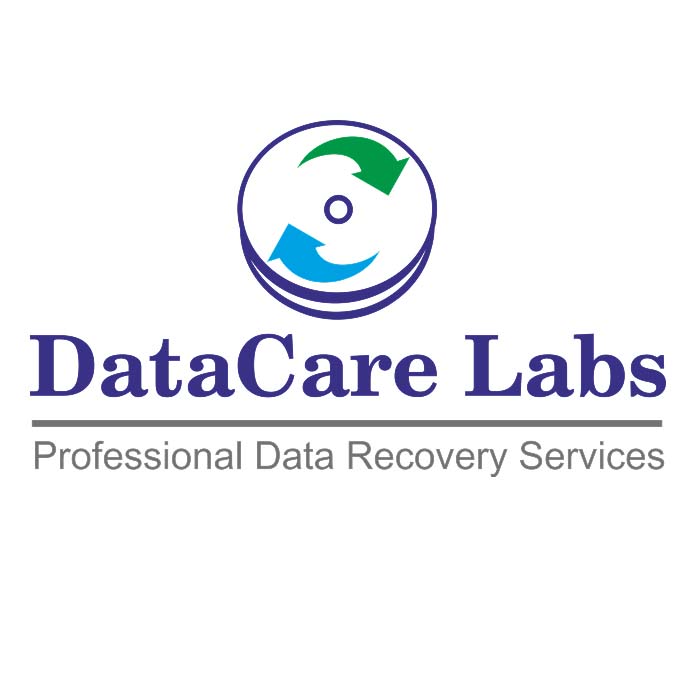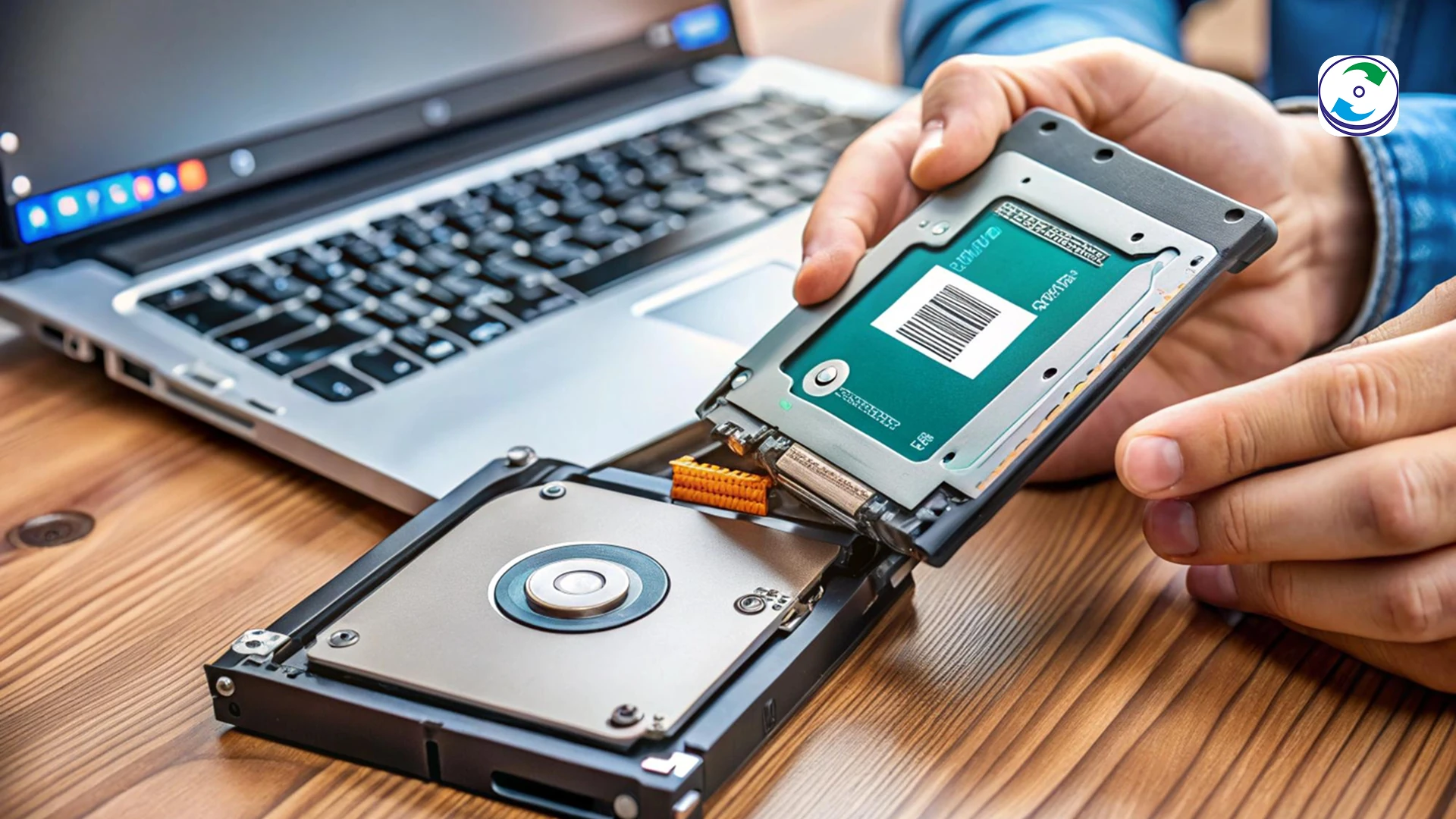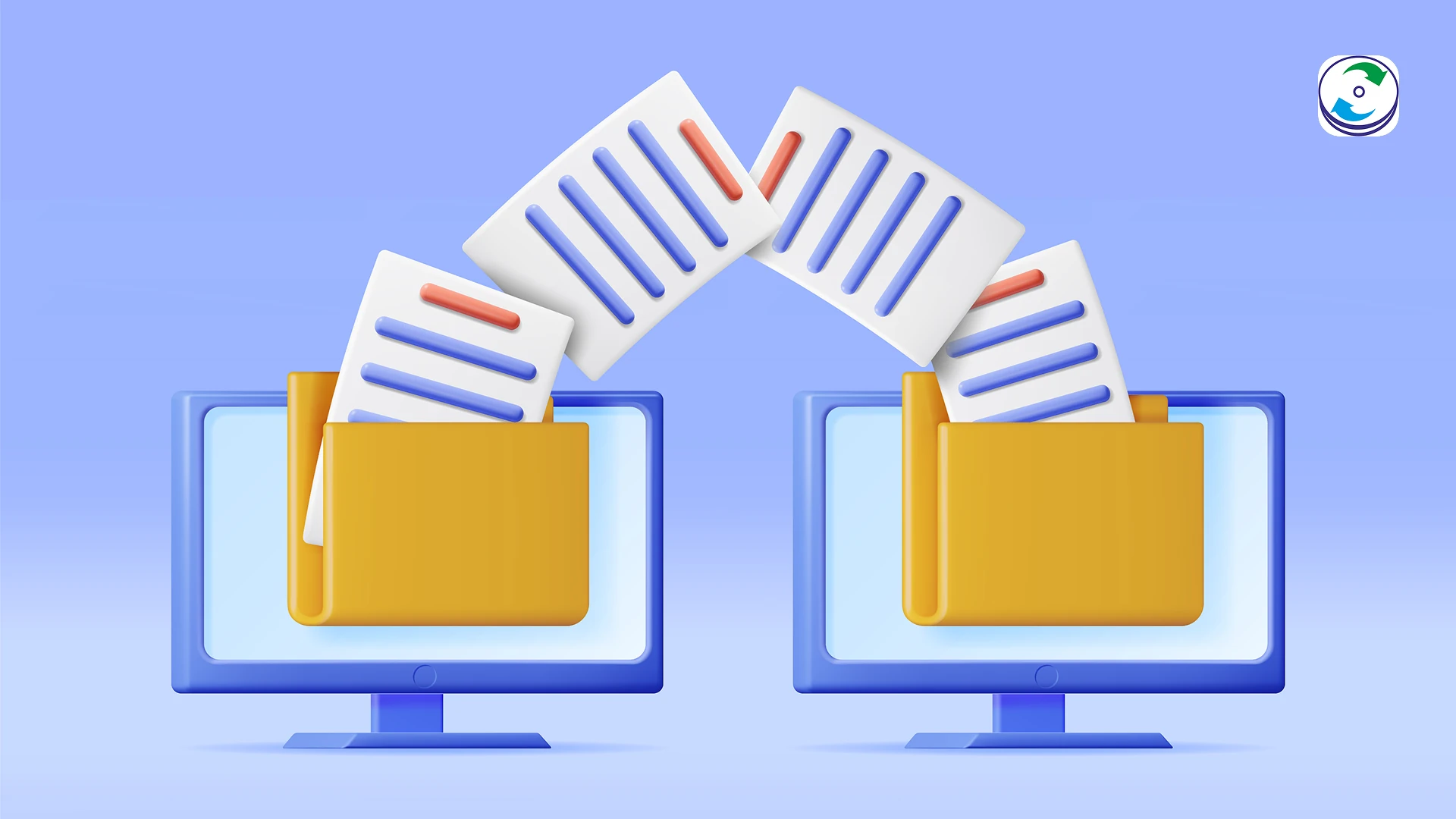Quantum Leap in Data: Will Quantum Computing Make Data Loss a Thing of the Past or Create New Threats?

Introduction
The very phrase “quantum computing” conjures images of incomprehensible power, solving problems in minutes that would take today’s supercomputers millennia. It’s a technology that promises to revolutionize fields from medicine to finance, fundamentally altering how we process, protect, and understand information. But as we stand on the precipice of this quantum leap, a critical question looms large: will this incredible power safeguard our data, rendering data loss a relic of the past, or will it unleash a new, unprecedented wave of threats to our digital lives?
The answer, as with many paradigm-shifting technologies, is likely both. While quantum computing offers tantalizing possibilities for indestructible data and ultra-secure encryption, it simultaneously presents an existential threat to our current data security paradigms, potentially opening the door to catastrophic data loss and privacy breaches.
The Promise: Quantum Computing as a Data Guardian
Imagine a world where data is virtually unhackable, where backups are instantly verified, and where the integrity of information is guaranteed at a fundamental level. Quantum computing, in its most optimistic vision, offers several ways to achieve this:
-
Quantum Cryptography (QKD): Quantum Key Distribution (QKD) leverages the principles of quantum mechanics to create unhackable encryption keys. Any attempt to intercept the key would inherently alter its quantum state, immediately alerting the sender and receiver. This could make data loss due to malicious decryption a thing of the past.
-
Unbreakable Data Integrity: Quantum computers could develop new methods to verify the integrity of massive datasets with unprecedented speed and accuracy. This could drastically reduce data loss due to corruption, accidental alteration, or subtle tampering.
-
Advanced Error Correction: The very nature of quantum computing, dealing with qubits that can exist in multiple states simultaneously, also presents opportunities for developing incredibly robust error-correction codes. These codes could potentially make data far more resilient to corruption and physical damage, mitigating traditional data loss scenarios.
The Peril: Quantum Computing as a Data Destroyer
However, the same power that could protect our data can also shatter its security. The most immediate and profound threat from quantum computing lies in its ability to break current encryption standards:
-
Shor’s Algorithm: This is the quantum computing’s boogeyman. Shor’s algorithm has the theoretical capability to factor large numbers exponentially faster than classical computers. Why is this a problem? Because much of today’s internet security, including RSA encryption (which protects everything from online banking to secure communications), relies on the difficulty of factoring large numbers. A sufficiently powerful quantum computer could, in theory, decrypt vast amounts of currently encrypted data.
-
Grover’s Algorithm: While not as catastrophic as Shor’s, Grover’s algorithm can significantly speed up brute-force attacks on symmetric encryption (like AES, commonly used for data at rest). It essentially halves the time required for such an attack, making currently secure encryption levels vulnerable.
-
Supply Chain Attacks and Data Exfiltration: The ability to break encryption could lead to unprecedented data breaches. Threat actors could use quantum capabilities to exfiltrate vast amounts of sensitive data, leading to massive privacy violations and financial losses.
-
New Forms of Data Corruption: The quantum realm itself is prone to unique errors (decoherence). If not properly managed, these unique properties could introduce new, unpredictable forms of data corruption that are difficult to diagnose or recover using classical methods.
Preparing for the Quantum Future: A New Era for Data Recovery
The quantum age is not just a challenge for cybersecurity professionals; it’s a profound shift for data recovery specialists as well.
-
Post-Quantum Cryptography (PQC): The immediate focus is on developing and implementing “post-quantum cryptography” algorithms that are resistant to quantum attacks. Businesses and governments worldwide are already racing to transition to these new standards.
-
The “Harvest Now, Decrypt Later” Threat: A very real danger is that threat actors are already “harvesting” encrypted data today, intending to decrypt it once quantum computers are mature enough. This means data that is currently considered secure could be vulnerable years down the line.
-
Quantum-Resilient Recovery: Data recovery services will need to adapt. This means not only understanding new encryption methods but also potentially developing quantum-resilient recovery techniques for corrupted data generated by quantum systems or protected by quantum-proof algorithms. Our expertise in forensic data analysis and rebuilding corrupted data structures will be more critical than ever, especially for data that exists outside of a secure quantum environment.
Conclusion: The Dual-Edged Sword of Quantum Power
Quantum computing represents a dual-edged sword for the world of data. It holds the potential for unprecedented security and data integrity, but it also carries the looming threat of rendering our current digital defenses obsolete. For individuals and businesses, the quantum future demands vigilance, proactive adoption of new security standards, and a robust data recovery strategy that anticipates these groundbreaking changes.
While data loss may never be entirely a “thing of the past,” the quantum era will certainly redefine what it means to protect and recover our most valuable asset: information.












